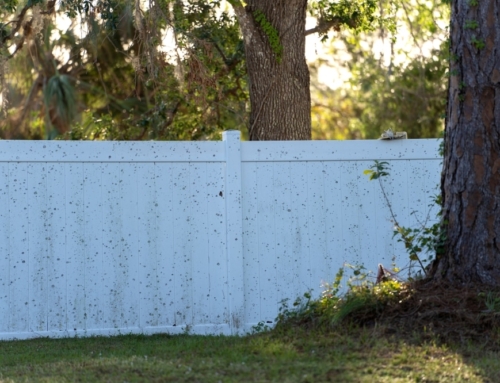You may have some questions about the quality of the air you’re breathing in your new home, but at least you won’t have many complaints about your heating bill.
In a new analysis of American Housing Survey data, Freddie Mac economists found that homes built in the last few years are nearly twice as energy efficient as the typical house built in the 1960s.
A greater reliance on central heat, energy efficient windows, and water and air resistant house wrap products have made it much less expensive for owners of new homes to heat and air condition their houses.
“Furnaces are replaced every twenty years or so,” observed Amy Crews Cutts, deputy chief economist at Freddie Mac. “The furnace you might have put in twenty years ago is now old technology relative to the one you’ll buy today.”
Which is good news for consumers living in cold-weather climates. Crude oil, natural gas and home heating oil prices all spiked in October, which is when most contracts for these commodities were bought, Crews Cutts said, noting that crude oil prices hit an all-time high of $55.23 per barrel, nearly twice as high than the $30 a barrel cost of West Texas crude a year ago.
That much higher cost at the wholesale level will translate into much higher out-of-pocket costs for consumers this winter.
“If a family spent $1,300 to heat their home last winter, you could spend an extra $1,000 (on top of that) to heat your home this winter,” Crews Cutts noted, adding that when you’re spending an extra $30 to put gas in your car each month, “that’s a lot of money.”
But those homeowners lucky enough to live in newer homes will feel less of a bite because of the energy efficiency products that have been built into their homes.
For those homeowners living in old drafty homes, the best thing to do is take action.
“In the 1970s, we wore sweaters and added weather stripping to our homes and that has paid dividends,&” Crews Cutts said.
At the Department of Energy’s website (EERE.Energy.gov), you’ll find suggestions on where to find air leaks in your home and how to plug them.
For example, the website suggests testing your home for air leaks by holding a lit incense stick next to the areas that are typically leaky, including dropped ceilings, recessed lights, the attic entrance, sill plates, water and furnace flues, ducts, door frames, ventilation fans, chimney flashing, window frames, exterior door frames, electrical outlets and switches.
If the smoke travels horizontally instead of vertically, you have an air leak. Your local home improvement store should carry products like caulk, sealant or weatherstripping that can help plug these leaks.
Windows can also waste a tremendous amount of energy. If you have a room with more than one or two windows in it, use your curtains and shades to help make the room more energy efficient. Closing the curtains and shades at night will keep cold air out of the room. Opening them during the daylight hours will allow your home to be warmed naturally by the sun, even on the coldest days of the year.
To further improve energy efficiency, consider installing storm windows and doors, or adding see-through coating to windows during winter.
Programmable thermostats allow you to save as much as 10 percent on your energy bill by deciding when you want to heat your home. Turning down the heat 5 degrees during the 8 to 10 hours you’re away from your house at work can cut your bill significantly. If you put in a zoned heating system, you can decide which part of your house needs what amount of heat at what times of the day and night.
If you’re using a furnace that is more than 10 years old, it may be worthwhile to start looking into replacing it. While it may cost a few thousand dollars to buy and install a new furnace, it could cut your heating bill by at least a third.
A lot of energy is wasted by hot water heaters. Setting your hot water heater to medium, and then insulating it with a water heater “sweater” (available for less than $20 at your local home improvement store) can improve its efficiency and keep water hotter for less money.
Adding extra batts of high R-factor insulation to your attic or in a crawl space can help as well, and won’t cost a lot of money.
Even if the winter turns out to be mild, you’ll reap the benefits of making your home extra energy efficient where it counts — in your wallet.






Leave A Comment